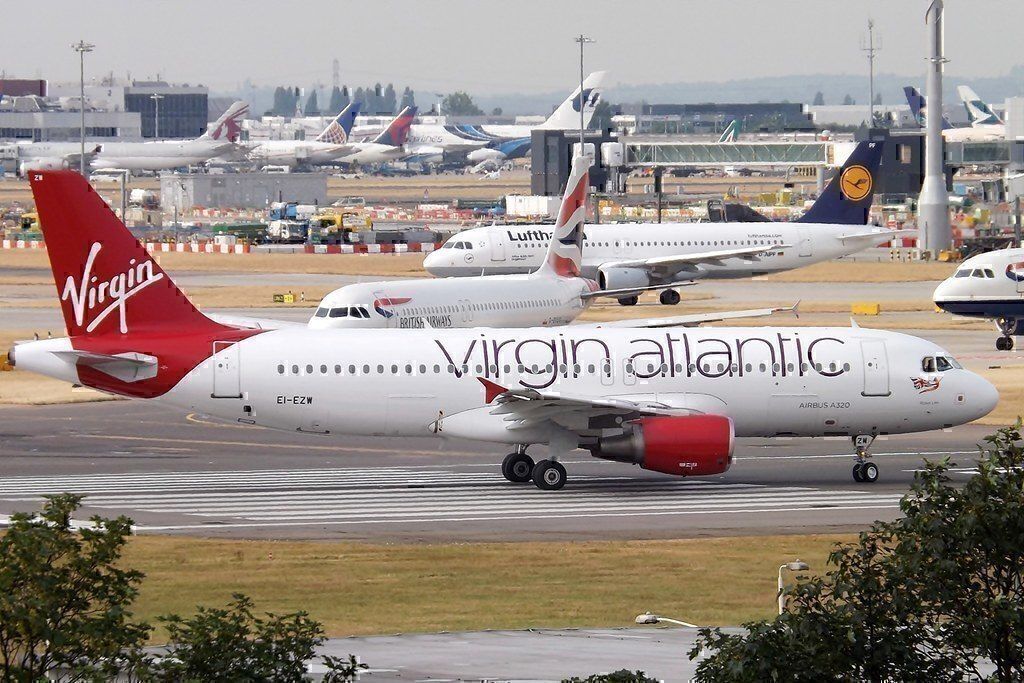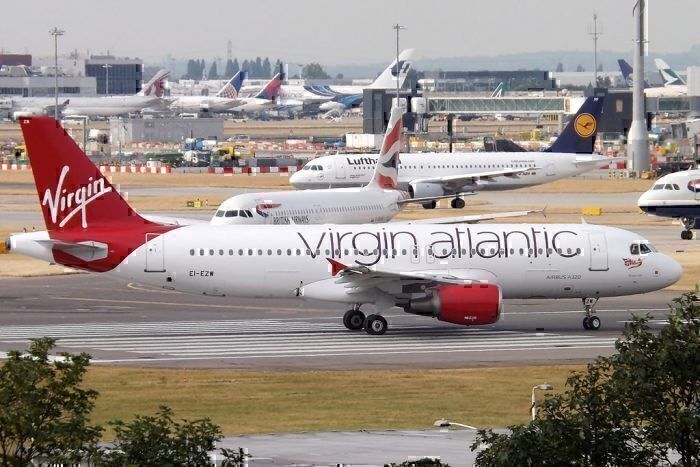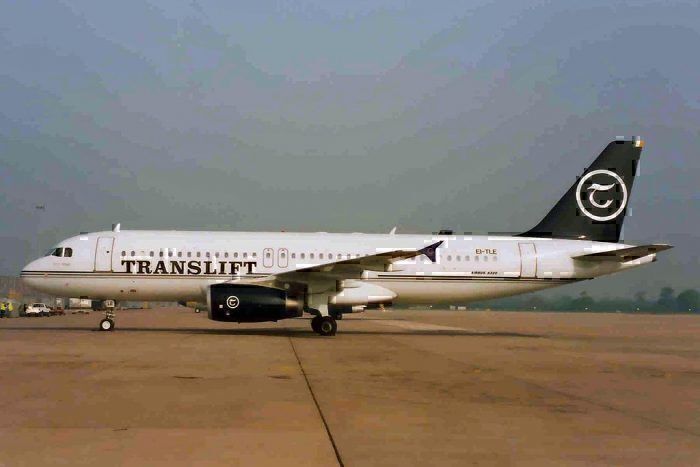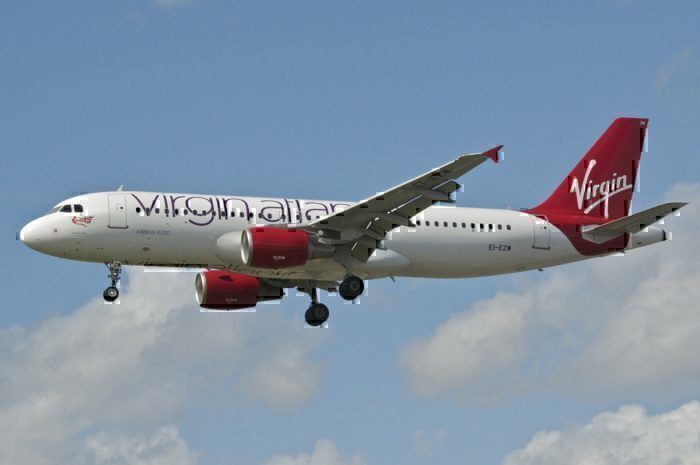Proud operators of one of the world's youngest aircraft fleets, Virgin Atlantic is no longer flying its A320 aircraft. The airline has recently received its first order of the brand-new Airbus A350-1000 and has revealed plans to retire all of its A340s by the end of the year to update its fleet. So what happened to its A320s?
A look at the Airbus A320
Between the Airbus A320 and the Boeing 737, the narrowbody market is all sewn up.
Whilst Virgin Atlantic no longer flies the A320 in its 45 strong fleet, during its lifetime, the airline has owned seven A320s, according to Air Fleets. All of the aircraft were from Airbus' -200 series and, more specifically, Virgin owned one -231 model, one -211 model and five -214 models.
It acquired its first in February 1995 and another in April that year, but both of the aircraft were retired from service within the same year. It then had a cooling-off period from the aircraft until 2003 where it took one more - its first A320-214 - and then a decade later acquired four others.
Where did they go?
The very first -231 series aircraft was registered EI-TLE and was received by Virgin Atlantic after a stint with the previous owner, Leisure Air. Virgin Atlantic operated the aircraft from 14th February 1995 until 7th June 1995, after which time the aircraft was given to Translift Airways. Now 26 years old, the aircraft is still somewhat with Virgin but now operates in Virgin Australia Regional Airlines' fleet, formerly SkyWest.
The second aircraft of the 1995 order was a -211 series, leased and registered as EI-VIR. It was with Virgin Atlantic for a brief period of just seven months, before it was leased to All Leisure Airways in November 1995. In 1995, EI-VIR was registered to have flown between Athens Eleftherios Venizelos in Greece and London Heathrow where G-OUZO was also registered to have flown as well as between Heathrow and Athens Hellinikon with Virgin.
But, its journey didn't end in 1995. In 1996, Virgin Atlantic acquired the aircraft once more but this time with the registration G-OUZO which it operated until April 2000. In 2007, it was sold to Indonesian airline Batavia, who acquired it from My Travel Airways. However, the aircraft ceased operations in 2013.
The third A320 Virgin owned was a -214 series which was registered as G-VMED. It flew with Virgin from 2003 for less than a year when it was then moved on to Atlas Jet. In 2007, Spring Airlines operated the aircraft for a period of eight years but scrapped it in 2015.
Little Red
In 2013, life for Virgin Atlantic was going pretty well and it managed to acquire enough slots at London Heathrow to offer a UK domestic service. The service was run in an operation called Little Red and included four wet-leased A320-200s which it acquired from Aer Lingus. The service ran 26 daily flights from Heathrow to Manchester, Aberdeen and Edinburgh.
At the time, Sir Richard Branson, founder of the Virgin group, hoped that Little Red would "provide domestic flights that deliver Virgin Atlantic's rock and roll spirit as well as real value for money." His comment was made in competition with the domestic service British Airways offered at the time.
These aircraft came in 2013 and were named: Rosie Lee, Tartan Lassie, Maggie May and Queen of Cobbles. All the aircraft apart from Queen of Cobbles were recorded to have completed the three domestic services with Queen of Cobbles being recorded to have flown to Manchester and Edinburgh.
The aircraft all flew until 2015, when Little Red was dissolved. CEO at the time, Craig Kreeger spoke to The Guardian about Little Red's struggles. He lamented:
“Little Red came about through an enduring passion at Virgin Atlantic to make a difference for our customers. We really wanted it to be a success... It was always a huge challenge on behalf of the consumer, as the totally inadequate number of slots made available by the European commission did not deliver close to BA’s network position... Little Red initially faced an uphill battle to win recognition and convert customers to its services.”
On 1st April 2015, Queen of Cobbles was returned to Aer Lingus with the remaining three returning on 26th September 2015, thus ending Virgin Atlantic's operation of the aircraft.
After the closing of Little Red, it licked its wounds and settled in for the next challenge it could get its hands on.




